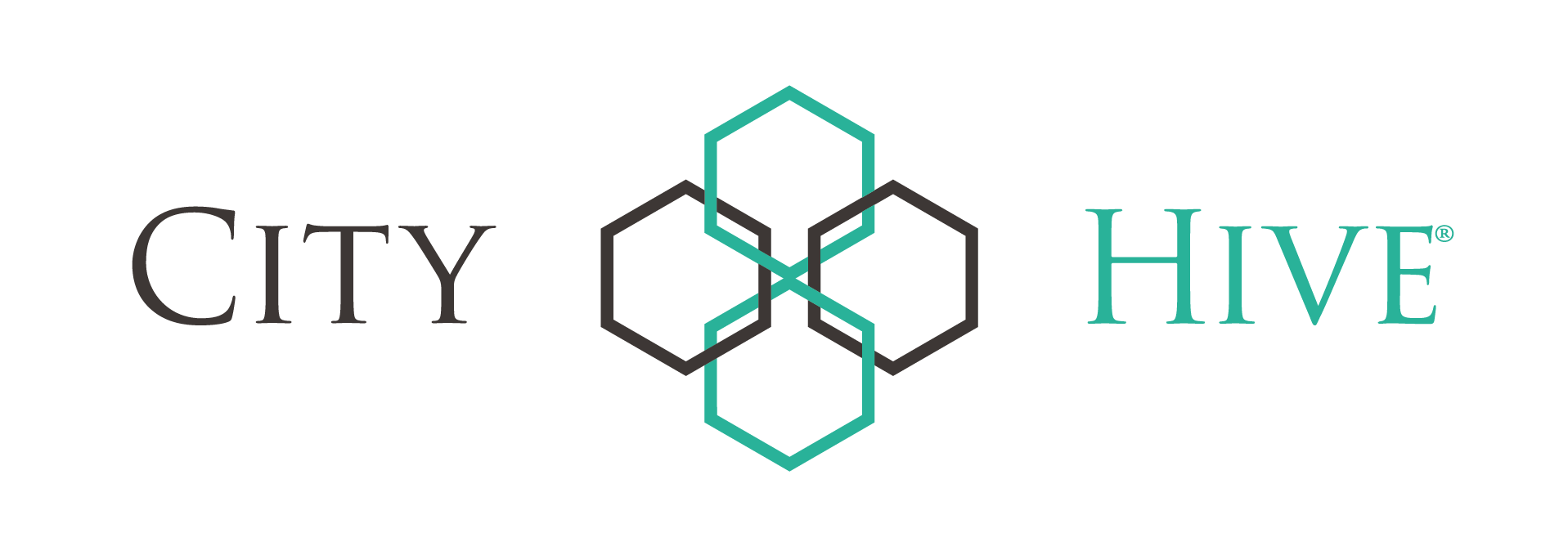Investors have spent a year obsessing over risks. Head of multi-asset investments David Coombs tries to deal with them one at a time.

Present Stress
As a male baby boomer, buying presents for my wife, Tracey, is a high-stress procedure. Due to accidents of timing, most of my gift-related stress is crammed into the fourth quarter. Her birthday is in the last week of October, our anniversary is the first week of December (it’s the 5th this year, if you’re interested and have some tips on appropriate presents) and rounding it out we have John Lewis Day on the 25th.
If you’ve met me, you might know that I need to think in a linear fashion. So, I buy presents in order and don’t pre-buy anniversary or Christmas gifts till after each occasion. That’s just how my brain works. So, I get very irritated by everyone hassling me for Christmas ideas before our anniversary is out of the way. Why is everyone so fixated on Christmas the morning after the Strictly Halloween special? It bombards you from everywhere...
Avocados and other fads
Just to really wind me up, markets have had similar bouts of fixation this year, leading to bouts of volatility and violent rotations in what sort of assets people think will do best in the ever-changing future. I feel that I have been tossed around like an un-ripe avocado in a blender and as I have mentioned before – I loathe avocados. Especially the unripe, soapy ones that blunt the blades.
In the earlier part of the year, the fixation was AI hype: the ‘Magnificent Seven’ and the rise of the machines, culminating in a bro chat between techno king Elon Musk and UK Prime Minister Rishi Sunak that was beyond cringe. How did we get to this? For months it was the only narrative playing out, the assumptions of which – however you look at it – were ridiculous. Fortunately, we hold five of the seven in most of our multi-asset portfolio funds, so we benefited from this. We said thank you very much, but trimmed our positions as the valuations started to look excessively optimistic, or, to put plainly, frankly nuts.
Later in the year, investors moved onto the hype of weight loss drugs, with pharmaceutical businesses Novo Nordisk and Eli Lilly becoming the ‘Dynamic Duo’ (we don’t own either of these). Actually, I made up that bulge-bracket marketing tag, but it seems the right sort of shtick and it’s my blog. The stock prices have ballooned, taking the market cap of Novo from $270 billion at the beginning of the year to $390bn today. In the same time, Eli’s market cap has soared more than 65% to $580bn – the GDP of Norway is the same size (if you excuse us comparing apples with bananas to show the scale; a market cap is a value at a point in time, whereas GDP is a flow of goods and services for each year). According to FactSet, estimated price-earnings multiples for Novo and Eli are 38x and 51x respectively. For context, less-hyped pharmaceutical Roche is 13x and its counterpart GSK is 9x!
This time we didn’t hold either, so not so much fun. To make matters worse, markets fixated on the impact to society and extrapolated this to look at how it could affect everything from the food industry and clothing retailers to healthcare. You would think that the Big Mac will go the way of the dinosaurs, Coke the way of Tizer, and pizzas doomed like Findus crispy pancakes.
The assumptions are once again heroic: diabetes will be eradicated (if only), no one will need a knee replacement because everyone would weigh 5 stone (31 KG for those under 30) and clinical testing demand would fall off a cliff as the end of obesity means the incidence of related diseases or illnesses collapses. Share prices declined dramatically, Dexcom (diabetes) from $140 to $80, Coca-Cola $60 to $52 and McDonald’s $300 to $250 (we own all these stocks in our multi-asset portfolios).
Keeping your head when others don’t
Unlike the AI hype, we were on the wrong side of the whirlwind. We didn’t own the pharma companies with the drugs, yet we owned the businesses the markets felt were now in terminal decline. Our performance suffered, of course, and this brings sadness and stress. There’s a danger that you feel the need to do something – anything – to realign with the pack.
Whereas we sold some of our affected shares into the AI uplift to take profits, for the Wegovy wobble we bought some more shares in our medical technology businesses. We still think these companies are quality players, they were just suddenly much cheaper. We didn’t feel the need to buy Novo nor Eli to chase performance and chase a valuation that was past the moon and heading for the stars. We felt the valuations offered no margin of safety for any sort of disappointment in the expectations for world domination. Not only could customer take-up of the weight loss drugs disappoint, but we discovered that a number of other biotech and pharmaceutical business were working on their own drugs and some had higher impact rates.
As an aside, we weren’t distracted by US big-box retailer Walmart saying that demand for food had reduced due to these drugs. We didn’t find this credible and felt it was a typical retail excuse, like the weather. Big hand for trying though.
As I write, our approach seems to have been the right one. There were good results from the likes of McDonald’s and some decent share price recoveries: the Golden Arches reached $270, Coke near $60 and Dexcom $100, for example. There’s still more to come, we believe, when the reality starts to replace the hype. Albeit there could be more volatility too. Unfortunately investing doesn’t come without risk.
Who watches the Fed watchers?
The third big fixation this year is of course Central Bank Watch, with the US Federal Reserve (Fed) the eagle that most binoculars are trained on. Fed Chair Jerome Powell doesn’t have the charisma of the Hoff. Of that, we have no doubt. Yet he is most definitely The Man this year. He must be on the shortlist for Time’s Person of the Year (released in about a month).
The markets pore over every speech and gesture made by Powell, his lieutenants and international peers. I have to say I find this inordinately stupid and pointless. He is being influenced by the economic data, so it makes more sense to us to gauge those for the Fed’s likely actions. Unfortunately, most market participants appear to disagree with me, culminating in quite extraordinary volatility in rates and bond markets. What price is common sense?
Our approach here is to continue building positions in longer-dated government bonds as yields rise. They really look great value on a medium-term view – as we discuss in our latest The Sharpe End podcast – and even better if economies tip into recession. But it’s a rough ride at the moment. We have seen the 10-year US Treasury yield swing from 4.0% to 5% and back to 4.5% in only two and a half months.
So, my conclusion is to stay patient, use common sense, call out excessive hyperbole and focus on facts. The risk of disappointment to the estimates for monetising AI, the take up of weight reduction drugs and a second peak in inflation, coupled with extended valuations in some hyped areas, mean severe corrections are highly possible, in our view. I don’t want to be in the way of those. Neither do I want to be in the way of a wife scorned, so it’s time to pull the trigger on an anniversary present. £100 in a 5-year gilt feels spicy and full of excitement.
Tune in to The Sharpe End — a multi-asset investing podcast from Rathbones. You can listen here or wherever you get your podcasts. New episodes monthly.









